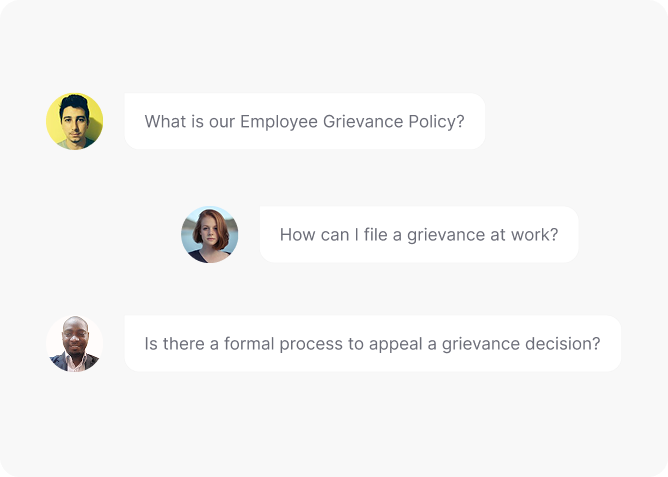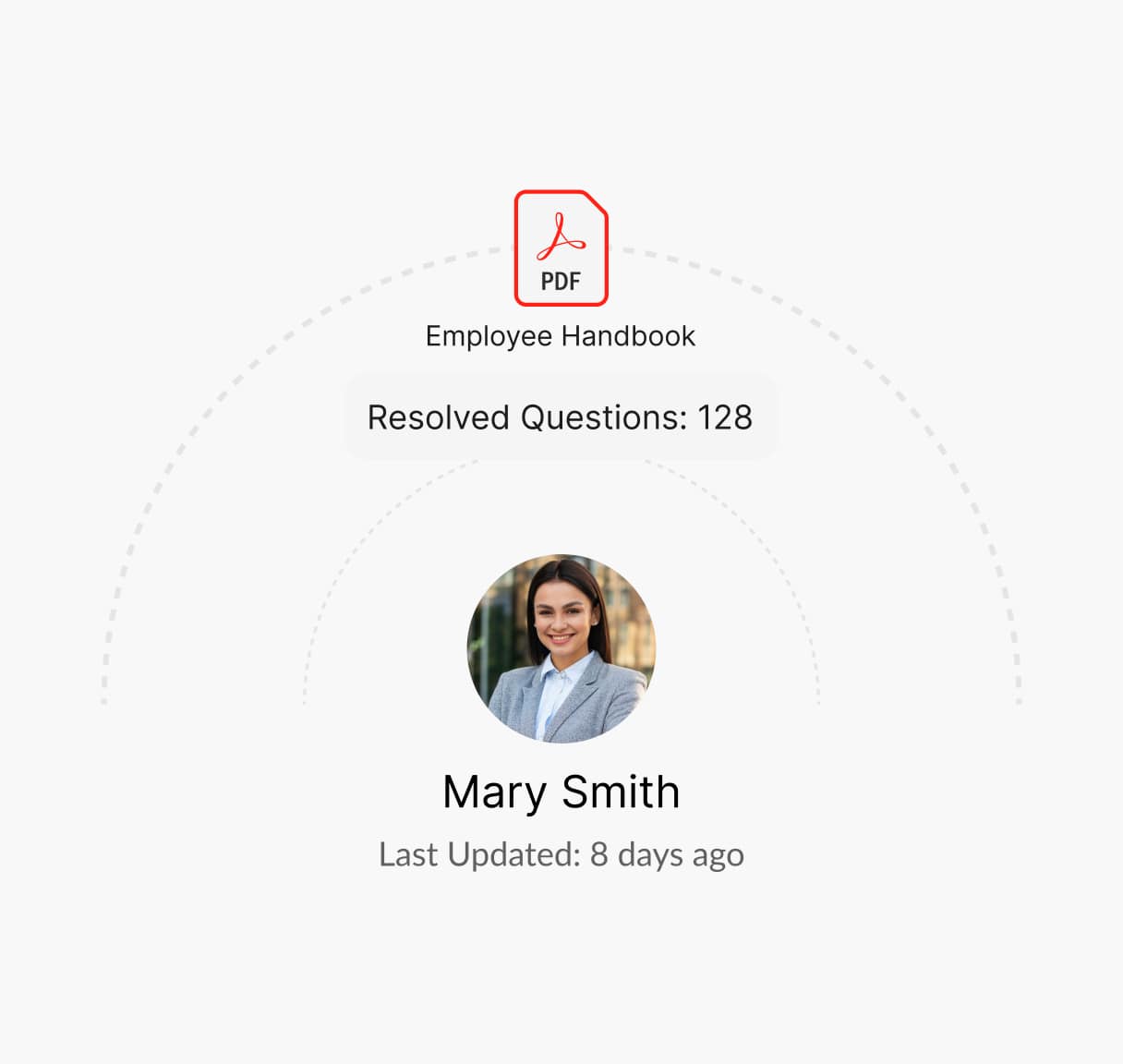Everything You Need to Know About Employee Grievance Policy
An employee grievance policy provides a structured approach for addressing workplace concerns. It ensures fair resolution of issues, promotes open communication, and fosters a supportive environment, enhancing employee trust and organizational harmony.

What is an Employee Grievance Policy?
An Employee Grievance Policy provides a structured process for employees to report workplace concerns, ensuring fair and timely resolution. It addresses issues like harassment, discrimination, workload disputes, and conflicts, fostering a supportive work environment.
A well-defined grievance policy helps organizations maintain transparency, trust, and compliance with labor laws. By offering a safe space for employees to voice concerns, it promotes a positive workplace culture and reduces potential conflicts.
Guidelines for Creating an Employee Grievance Policy
An employee grievance policy ensures fair resolution of workplace concerns and promotes a positive work environment. Here are some guidelines to consider:
Define the Purpose and Scope
Clearly outline the policy’s objective and specify which types of grievances it covers, such as workplace conflicts, harassment, or unfair treatment.
Establish a Clear Reporting Process
Provide straightforward steps for employees to raise grievances, ensuring confidentiality and accessibility.
Outline Investigation Procedures
Detail how grievances will be investigated, including timelines, involved parties, and methods to ensure impartiality.
Assign Roles and Responsibilities
Specify who handles grievances at each stage, from immediate supervisors to HR representatives.
Communicate Resolution Steps
Explain how outcomes will be communicated and the steps taken to resolve issues fairly and promptly.
Review and Improve Regularly
Periodically assess the policy’s effectiveness and update it to reflect evolving workplace needs and legal requirements.
What is Covered in an Employee Grievance Policy?
An effective Employee Grievance Policy should include the following:
Grievance Definition and Scope
Clarify what constitutes a grievance, including workplace conflicts, harassment, discrimination, and unfair treatment.
Grievance Reporting Procedure
Provide a step-by-step guide on how employees can raise grievances, including available reporting channels and timelines.
Investigation Process
Outline how grievances are investigated, ensuring confidentiality, impartiality, and fair treatment throughout the process.
Roles and Responsibilities
Specify the duties of employees, managers, HR representatives, and other stakeholders in resolving grievances.
Resolution and Follow-Up
Explain how decisions are communicated, the timeframe for resolution, and steps for ongoing support or appeals if needed.
Protection Against Retaliation
Assure employees that raising a grievance will not result in retaliation, emphasizing a safe and supportive work environment.
Need help creating a Employee Grievance Policy?
How Winslow helps HR teams save time on responding to Employee Grievance Policy?
Handling employee grievances requires timely communication and clear guidance. Winslow an AI-powered HR assistant, helps HR teams manage grievance-related questions with speed and accuracy by:

Instant answers anytime
Winslow provides immediate responses to employee questions about the grievance process through Slack, Teams, or email. Employees can easily learn how to file a grievance, understand the investigation process, and know their rights—without waiting for HR assistance.
Personalized Support
Winslow provides instant answers to all HR questions, including those about your Employee Grievance Policy, ensuring clarity on reporting procedures and resolution processes.


Analytics and Insights
Winslow tracks policy-related queries, helping HR teams identify trends and common concerns. This data enables organizations to refine their policy, improve reporting channels, and address recurring issues proactively.
Streamline Employee Grievance Policy Management with Winslow
Winslow enables HR teams to provide instant answers to employee questions about the grievance policy, ensuring transparency, quick resolution, and a supportive workplace.
Frequently asked questions
Have further questions about Winslow, contact us at sales@usewinslow.com
What is the purpose of the employee grievance policy?
The employee grievance policy provides a structured process for employees to raise concerns or complaints regarding workplace issues, ensuring fair resolution and a supportive work environment.
How can an employee file a grievance?
Employees can submit a grievance through designated channels such as HR, a grievance officer, or an internal system. The process typically involves a written statement outlining the concern, followed by an investigation and resolution steps.
What types of issues can be addressed through the grievance policy?
The policy covers issues like workplace harassment, discrimination, unfair treatment, conflicts with colleagues, and concerns about working conditions or company policies.
How can I download the employee grievance policy cheat sheet?
You can download the cheat sheet by clicking the “Get Your Free Leave Policy Cheat Sheet!” button and entering your email address. The cheat sheet will be sent directly to your inbox.
How does Winslow help with employee grievance policies?
Winslow helps HR teams by providing instant answers to employees’ questions about the grievance policy, making it easier to understand procedures and fostering a transparent work environment.
Additional resources
Device Usage Policy
Managing employee leave effectively is vital for maintaining workforce productivity and compliance....
Learn moreconfidentiality policy
Protecting sensitive information is crucial. A clear Confidentiality Policy outlines guidelines for...
Learn moreclaim reimbursement
Ensuring fair compensation for expenses is key. A clear Claim Reimbursement Policy...
Learn more




